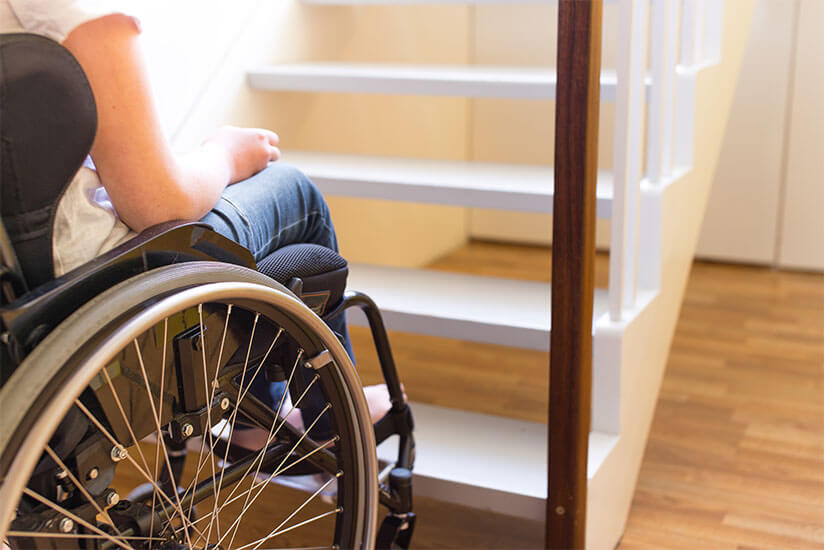Finding out that your child has cerebral palsy is going to affect every part of your life. In fact, this is one of the reasons that people oftentimes end up hiring a cerebral palsy lawyer to file a claim or lawsuit. The families, when it comes down to it, simply cannot afford to pay for the costs of dealing with cerebral palsy and, if medical malpractice caused it, there’s no reason that they should have to bear the financial burden.
Adapting your home to someone with a disability can be expensive, but some things can be done relatively inexpensively. Here are some things to consider for your home.
1: Ramps
Installing ramps on outdoor stairways is pretty much a given if you live with someone who has a disability. It’s safer and more convenient than having stairs on the exterior entrances. Even if your child is okay walking, it’s a good idea to go ahead and do this. People on crutches have a much easier time with ramps than they do with stairways.
2: Elevators/Lifts
If you have interior stairways, you may want to consider getting a wheelchair lift installed. This is particularly true if your child has severe cerebral palsy symptoms and getting them into and out of their wheelchair is difficult. It minimizes the amount of times the child will have to be in and out of their chair and, therefore, makes things more comfortable for everyone involved.
3: Accessible Appliances
You might want to consider looking into appliances that are more accessible to people with disabilities. These sometimes have lowered handles and other adaptations on them. A child with cerebral palsy is not necessarily going to suffer severe intellectual impairments and, therefore, may well prepare their own meals and use other appliances. You might want to take a look at finding ways to accommodate this with more appropriate appliances.
There are plenty of ways that you can make life easier on a family member with Cerebral Palsy by changing your house around a bit. Be sure to take a look at ADA literature so you can get an idea of how buildings are made accessible. You won’t have to worry about all of the requirements, in all likelihood, but at least such literature will give you an idea of what people with disabilities have a hard time with and how you can adjust your living space to make things easier for them.

